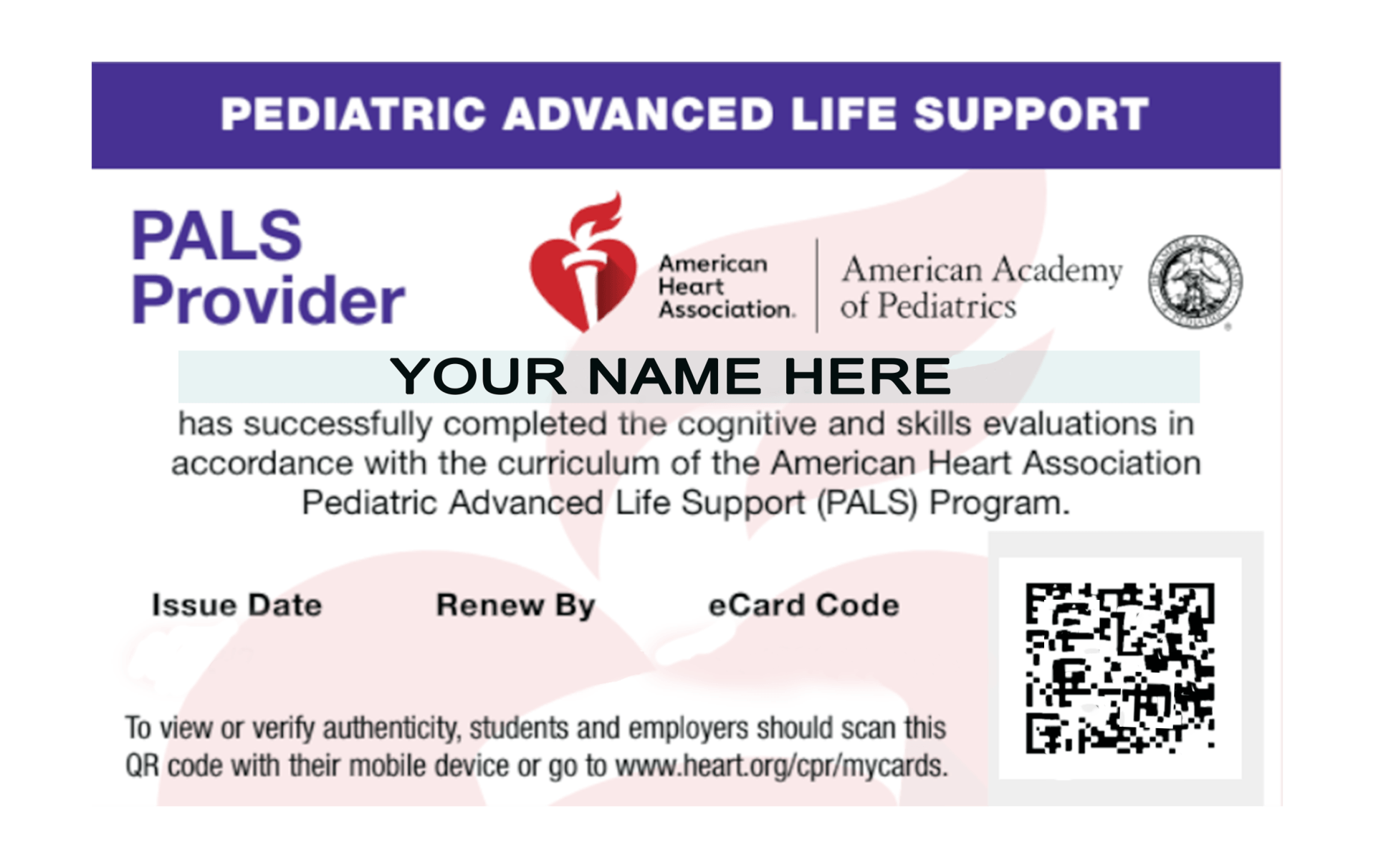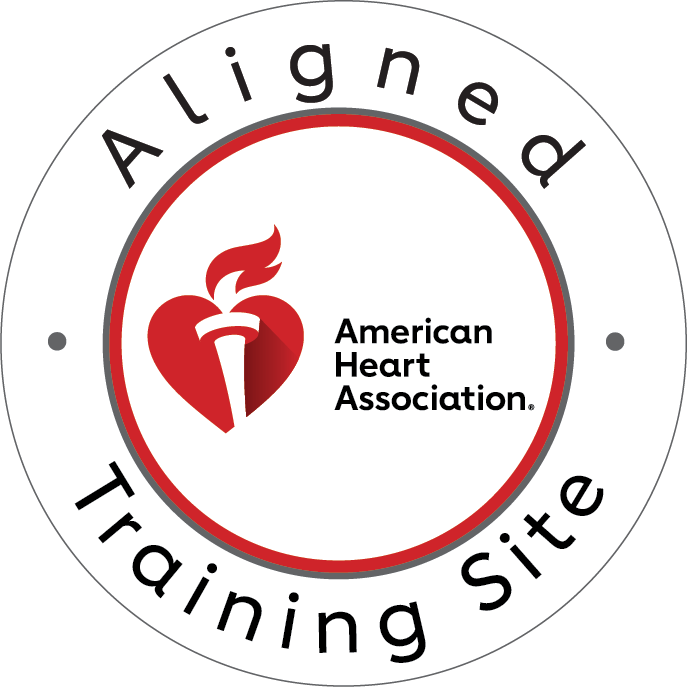PALS Provider Certification
This in-person training class is created for Healthcare Professionals who require an American Heart Association Pediatric Advanced Life Support Provider Card for work or any other requirements. The instructor in this course will use the AHA PALS course video and a series of simulated pediatric emergencies to reinforce the important concepts of a systematic approach to a pediatric assessment, basic life support and the Pediatric Advanced Life Support treatment algorithms.
At the end of your course session you will receive your American Heart Association PALS Provider Card (Valid for Two-Years)
In-Person Training classes
American Heart Association Certified Training Provider.
2735 Terwood Rd. Suite H
Willow Grove, PA
Register for Your Class Below
PALS Provider Certification
American Heart Association Pediatric Advanced Life Support (PALS) Provider Certification Course is designed for Healthcare Providers who manage respiratory and/or Cardiovascular emergencies and cardiopulmonary arrest in pediatric patients.
At the end of your course session you will receive your American Heart Association PALS Provider Card (Valid for Two-Years)
PALS Provider Course Includes
- BLS competency testing
- Skills stations
- Case Scenario discussions and simulations
- Case Scenario testing stations
- 50 Question Multiple Choice exam
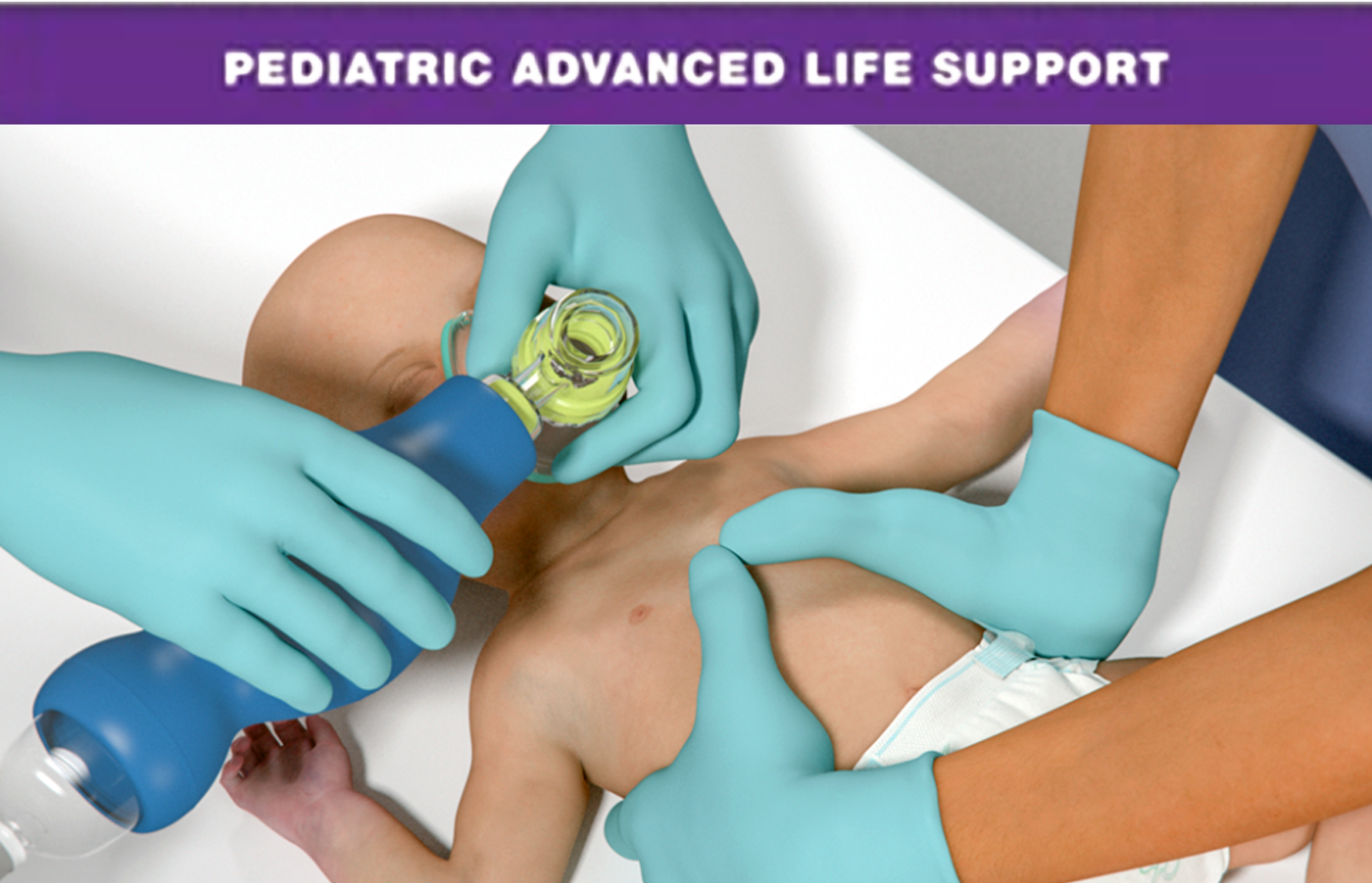
PALS Course Overview
During your session, your instructor will engage you in a series of case scenario practices with simulations that reinforce important concepts, including:
- Identifying and treating problems that place the child at risk for cardiac arrest.
- Applying a systematic approach to pediatric assessment
- Using the evaluate-identify-intervene sequence
- Using the PALS algorithms and flowcharts
- Demonstrating effective resuscitation team dynamics
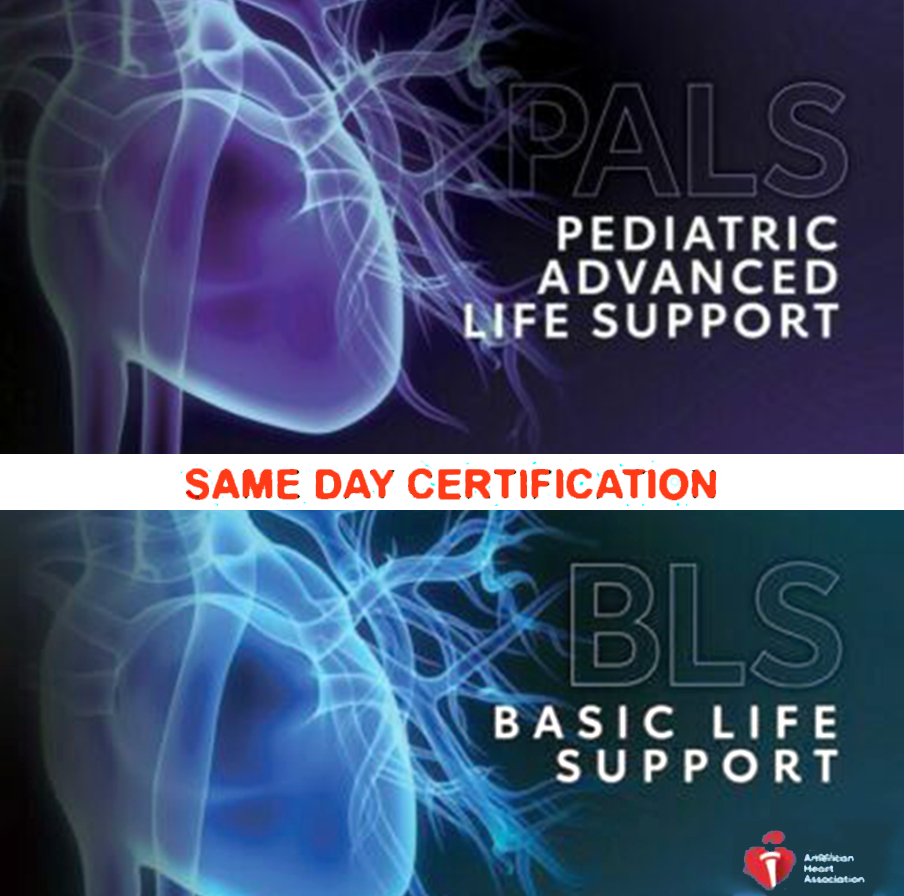
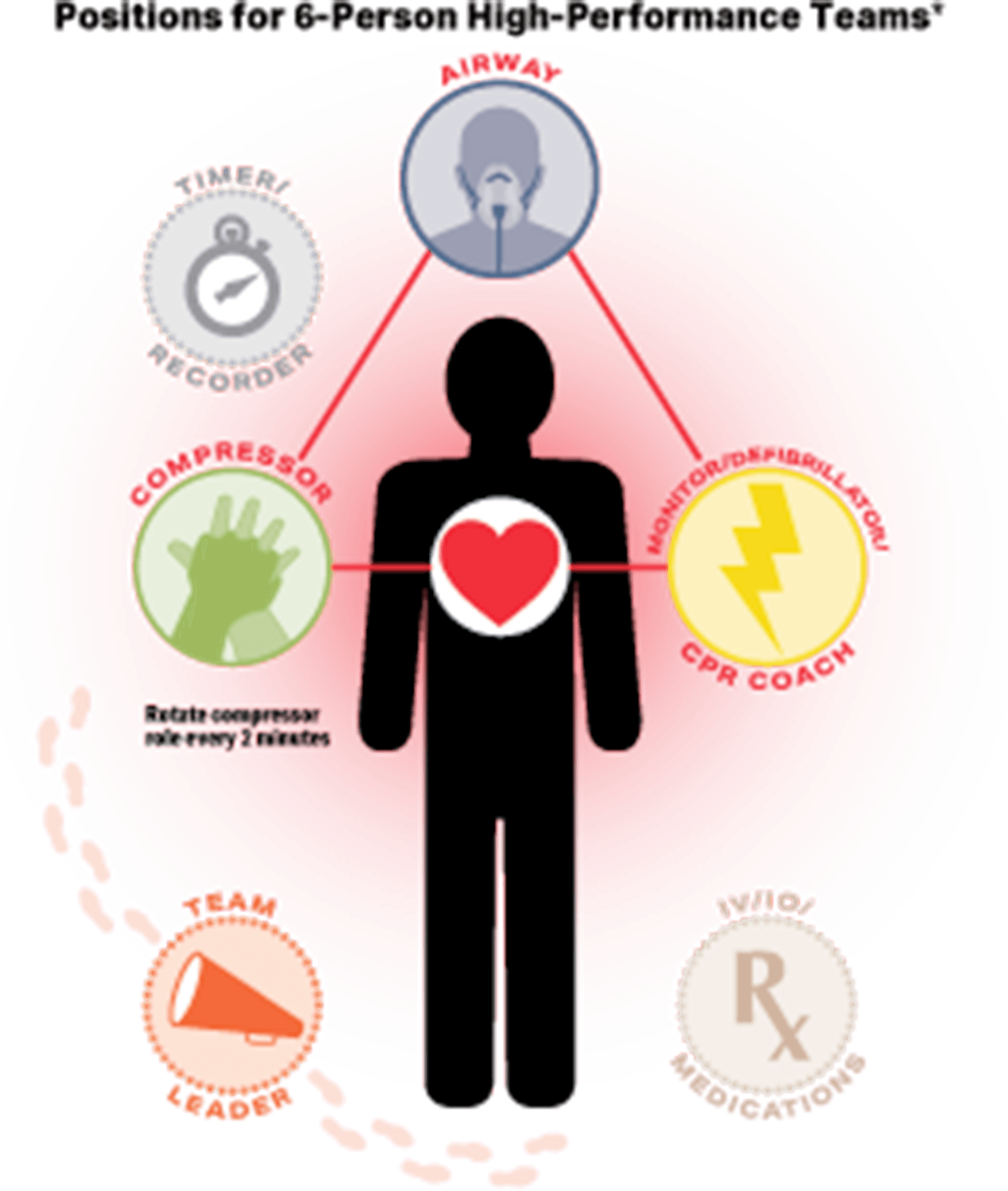
Learning Objectives
After successfully completing this course, you will be able to:
- Perform high-quality CPR
- Perform your role as a high-performance team member
- Differentiate between patients who require immediate intervention and those who don't
- Differentiate between respiratory distress and failure
- Differentiate between compensated and hypotensive shock
- Perform early intervention for the treatment of shock
- Differentiate between unstable and stable patients with dysrhythmias
- Demonstrate treatment of dysrhythmias
- Implement post-arrest management
Learning Sections
Section 1:
- BLS Competency Testing- To receive an AHA PALS Provider certification card, you must pass 2 BLS Skills Tests
- CPR and AED use for Children
- CPR and AED use for Infants
Please Note: The PALS Provider course does not include detailed instructions on how to perform CPR. You must know this in advance
Section 2:
- Skills Practice Stations:
- Airway Management
- Rhythm Disturbances/Electrical Therapy
- Vascular Access
Section 3:
The focus of the PALS Provider Course is to teach you to use a systematic approach when caring for a critically ill or injured child.
- PALS Case Scenario Discussions, using a systematic approach for evaluation and decision-making
- PALS Case Scenario Practice with simulations
Section 4:
- PALS Case Scenario Testing Stations
Section 5: PALS Provider Exam
- The Pediatric Advanced Life Support (PALS) Exam is 50 Questions, all Multiple Choice
- This exam is open resources.
- You may use your provider manual, either in printed or as an eBook on your personal device
- You may use any notes you took during the course
- You may use the PALS Reference Cards provider you during your session.
- You may use the AHA Guideline posters posted throughout the classroom
The AHA PALS Provider Course Does not teach ECG Rhythm Identification
You must be able to identify the following Rhythms Prior to taking the course:
- Normal Sinus Rhythm
- Sinus bradycardia
- Sinus tachycardia
- Supraventricular tachycardia
- Ventricular tachycardia
- Ventricular fibrillation
- Asystole
- Pulseless electrical Activity
American Heart Association Certified Training Provider
2735 Terwood Rd. Unit H, Willow Grove, PA


